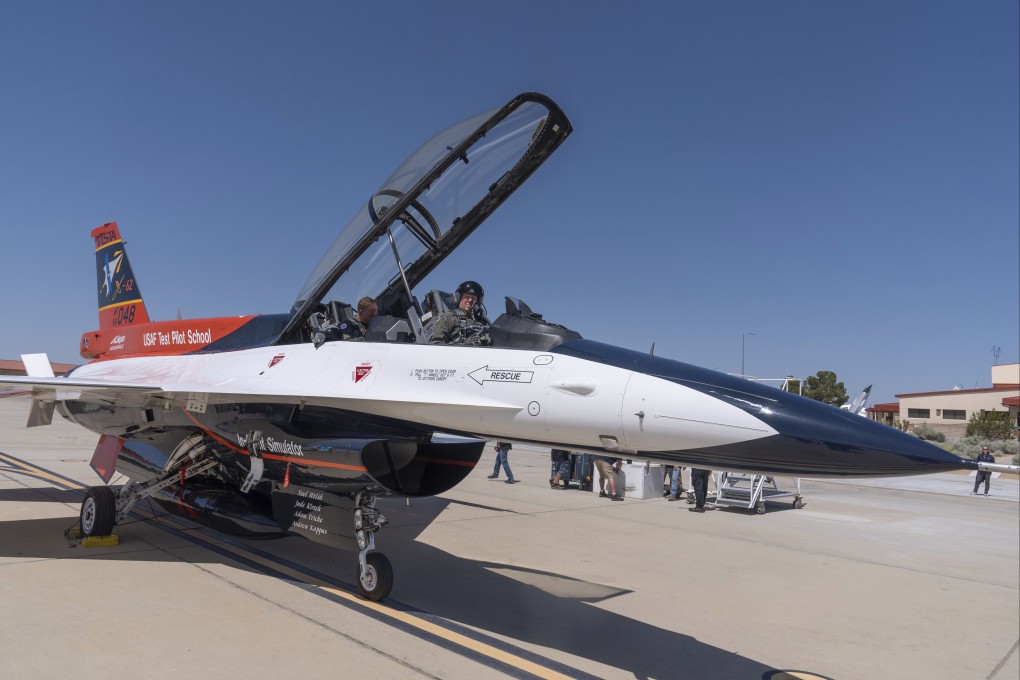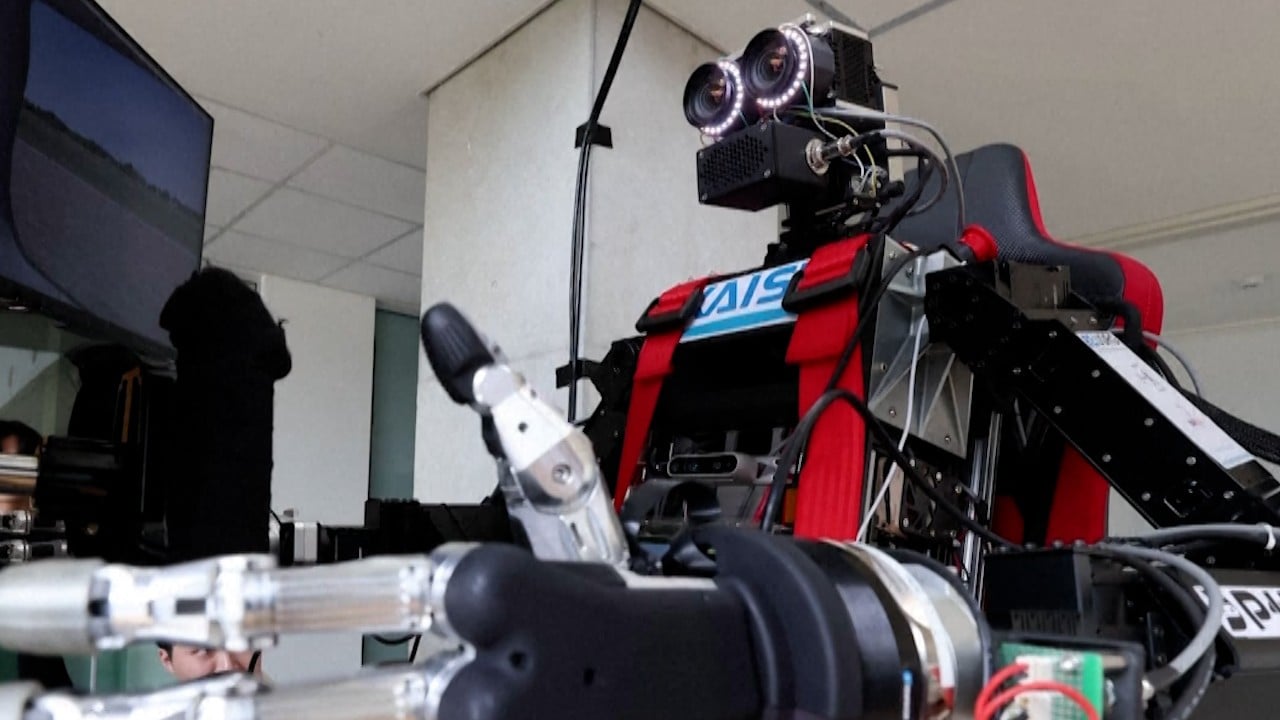Advertisement
Opinion | AI companies must pay attention to national security needs
- While the West is collectively still ahead of China when it comes to AI development, that lead is quickly narrowing
Reading Time:4 minutes
Why you can trust SCMP
2

Just as the West has been forced into confrontation with Russia and China, military conflicts have revealed major systemic weaknesses in the US and European militaries and their defence-industrial bases.
Advertisement
These problems stem from fundamental technology trends. In Ukraine, expensive manned systems such as tanks, combat aircraft and warships have proven extremely vulnerable to inexpensive unmanned drones, cruise missiles and guided missiles. Russia has reportedly already lost more than 8,000 armoured vehicles, a third of its Black Sea fleet, and many combat aircraft.
Inexpensive mass-produced drones made by China, Russia, Iran, Turkey and now Ukraine have become both crucial offensive weapons and valuable tools for surveillance, targeting and guidance. Often based on widely available commercial products, drones are being produced by the million at a cost of just US$50,000 apiece. Yet no such drones are made in the United States or western Europe – a major weakness in the West’s industrial base and military posture.
While Russian, Chinese and Iranian drones are easy to destroy using existing Western systems, the costs are prohibitive. This unsustainable ratio is the result of decades of complacency and bureaucratic inefficiency.
Advertisement
Worse, this situation is merely a prelude to a future of unmanned autonomous weapons. Most current drones are either controlled remotely by a human or simplistically guided by the Global Positioning System or digital maps. But new artificial intelligence (AI) technologies will soon transform warfare, and possibly terrorism, too. One example among many is a 2022 paper published in Science Robotics by Chinese academic researchers showing drone navigation through a forest.
Commercial and military humanoid robots are next. Videos published by researchers at Stanford University show AI-driven robots performing household tasks including pan-frying seafood and cleaning up spilled wine. While cooking shrimp is far from operating a sniper rifle or assembling missile components, there is wide agreement that the “ChatGPT moment” in humanoid robotics has arrived.

Advertisement

